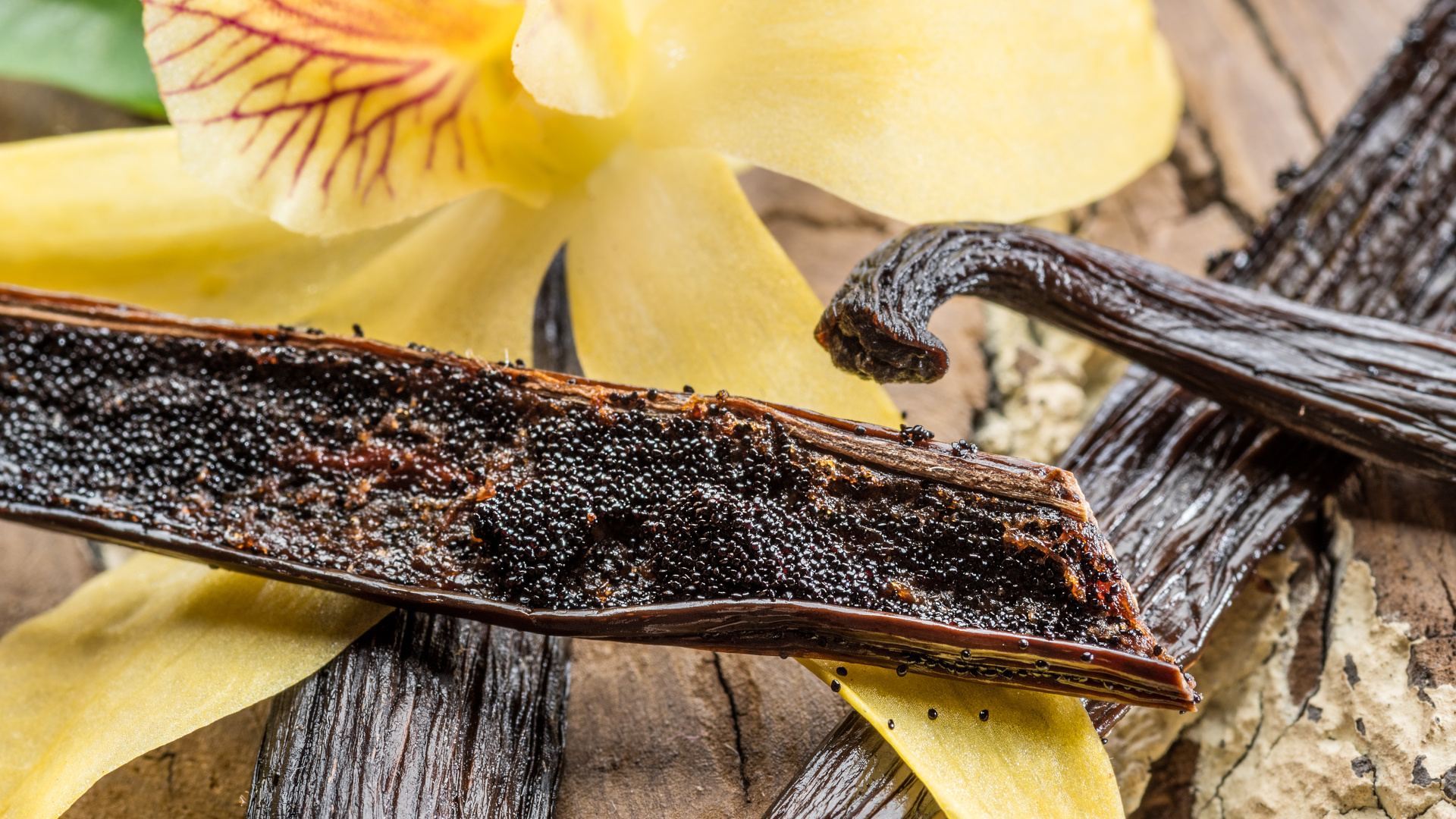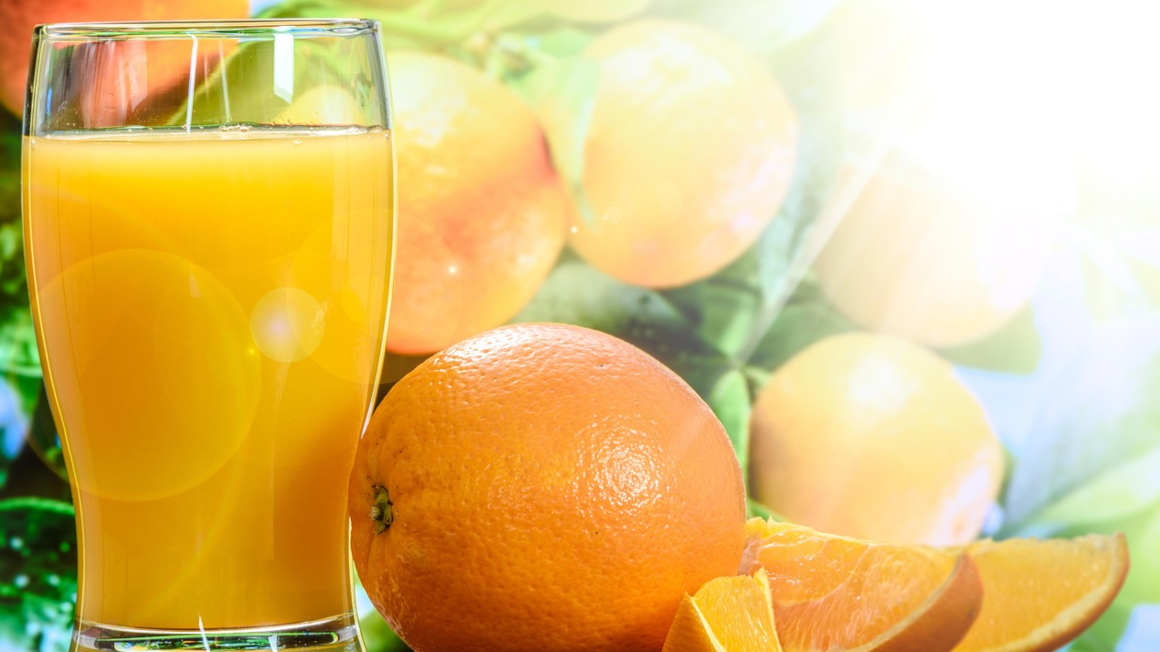‘We use bacterial strains for protein production’
Monika Konarzycka-BesslerProfession:
Graduate engineer in chemistry, doctorate in biotechnology
Position:
Group leader ‘Single Cell Protein’ at the Fraunhofer Institute for Molecular Biology and Applied Ecology IME in Aachen

Profession:
Graduate engineer in chemistry, doctorate in biotechnology
Position:
Group leader ‘Single Cell Protein’ at the Fraunhofer Institute for Molecular Biology and Applied Ecology IME in Aachen

In the “Single Cell Protein” working group, a team led by Monika Konarzycka-Bessler is looking for bacterial strains that utilise CO2 as a source of raw materials for the production of proteins used in the food industry.
Microorganisms such as bacteria, yeasts and moulds are masters of material conversion and have always been important tools in biotechnology. Not only can they be used to produce materials that are naturally biobased and biodegradable, but also proteins that can replace animal proteins in food. The production of so-called bacterial proteins - also known as single cell proteins - is the focus of Monika Konarzycka-Bessler's working group of the same name at the Fraunhofer Institute in Aachen. The team is searching the environment for new bacterial strains that are suitable as protein factories and primarily utilise carbon dioxide (CO2) as a source of raw materials.
What exactly is your working group focussing on and what is the goal?
The focus of our research is on protein production from bacteria for animal and human nutrition. The aim is to discover alternative protein sources and offer them as nutrition. It is important for our research that we use strains that grow with CO₂ as the only carbon source and produce edible proteins in larger quantities. In some cases, we also investigate side streams that serve as a carbon source for bacterial growth.
What criteria do you use to select the bacterial strains? Have new microbial strains already been found and isolated?
We are looking for suitable bacterial strains in the environment and have already found and isolated more than ten new strains. One group of microorganisms are so-called oxyhydrogen bacteria, which can produce up to 80 % protein in dry matter and whose amino acid profile is similar to that of animal proteins. But we have also found other strains that are not yet very well researched and are currently in the process of characterising these strains. Many of the strains grow in aerobic conditions, some prefer less oxygen in the gas mixture. The oxyhydrogen bacteria grow best with a lot of hydrogen. The most important criterion is that the strains grow with CO2.
How is the protein produced? What specific fermentation conditions are required?
When it comes to bacterial strains that need to grow with CO2, we use gas fermentation. We use different gas mixtures for this. These contain carbon dioxide, oxygen and hydrogen. As high concentrations of H2 are required for this type of fermentation, special devices with explosion protection must be used. We are therefore currently limited in our experiments. When it comes to fermentation with liquid side streams, the fermentation conditions are much simpler.
At the moment, we are working on process optimisation, especially medium optimisation, in order to produce a lot of bacterial biomass with a high - up to 80% - protein content.
Which waste streams have proven to be particularly promising sources of raw materials for the microorganisms?
For some of our strains, we have tested a few side streams from fruit so far. These are, for example, juices and pomace from berries - ideally from those that contain large amounts of organic acids. We also plan to utilise other side streams in the future.
How can the nutrient content of proteins be improved?
For the production of suitable proteins for animal and human nutrition, it is important to test the proteins for suitable amino acid profiles. A few criteria must be met here. The proteins should contain many essential amino acids that are crucial for healthy nutrition and our bodies. They should also be non-toxic and non-allergenic. In order to produce such proteins, bacterial strains must first be found that have the corresponding DNA sequence in the genome to do so. It is also possible to control the production of such proteins with targeted media optimisation. Downstream processes also play a major role in the production of edible microbial proteins.
Are there already concrete applications for newly developed proteins?
We are not yet at the stage with our research where we can talk about specific applications. But there are companies that already have bacterial proteins for animal and even human food on the market. Bringing such proteins onto the market is not easy. They have to fulfil the requirements of the Novel Food Regulation before they can be marketed. So far, there are no authorised bacterial proteins (so-called single-cell proteins - SCP) for human nutrition on the European market. There is, for example, Quorn, a meat substitute made from special mushrooms, which is on the market in Singapore.
It is also important to note that there are already bacteria that we eat, especially in fermented foods such as sauerkraut. However, these are processes that we have known about for a very long time and where we know that these bacteria ensure healthy intestinal flora. However, when it comes to completely new products, new strains that have not yet been used for such purposes, they need to be tested very thoroughly and in a variety of ways in order to ensure their safety and benefit for people.
Interview: Beatrix Boldt


